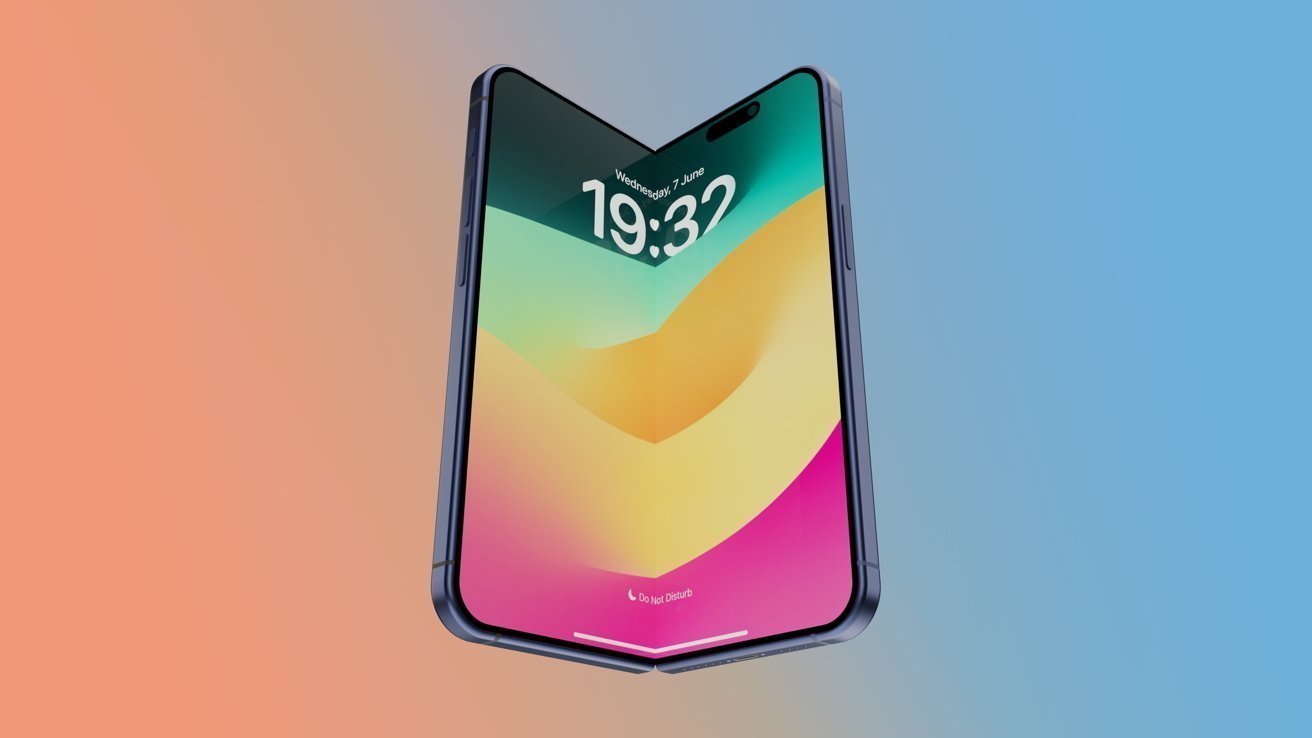The first thing you’ll notice is that the UL5 is definitely mini, clocking in at an ultraportable 3.4 by 3.7 by 8.1 inches (HWD) and 2.3 pounds. Under the hood, the UL5 is built around a digital light processing (DLP) chip, like most UST projectors we’ve reviewed. But unlike most, it claims a native resolution of 1080p (1,920 by 1,080 pixels). And it uses a different kind of tech—a 960-by-540-pixel chip along with TI’s XPR pixel shifting—to generate the full image on screen. When connected to a 4K (3,840-by-2,160-pixel) source, it negotiates a 4K connection and downconverts the image to 1080p. In essence, it behaves like a 4K projector with soft focus. (And speaking of focus, the UL5 will do that for you automatically.)
Similar Products
Our Current Picks for The Best Short Throw and Ultra Short Throw Projectors for 2025
Now the caveat: The UL5’s brightness comes in at a relatively low 550 ANSI lumens, so depending on the ambient light level of the room, you may not even be able to see a difference between 1080p and 4K resolution.
The DLP chip is paired with a tricolor red/green/blue laser light source, a fairly common choice today, given its wide color gamut. Philips rates it at a more-than-satisfactory 108% of REC.2020 (aka BT.2020), the standard for 4K projectors and TVs. The company rates the lifetime at 20,000 hours.
The UL5 projector (right) compared with a typical, full-size UST TV replacement (Credit: M. David Stone)
In terms of connectivity, the UL5 lets you link to your network via Wi-Fi for streaming. The projector also has ports for an HDMI source and USB memory on the right side of the unit, and two USB-C ports on the left—one for AC power and one for a data source—to mirror your phone, tablet, or laptop. You can also mirror mobile devices wirelessly, using Miracast (for Android) or AirPlay (for Apple).
The stereo audio system, built around a pair of 3-watt speakers, delivered good enough sound quality for casual viewing and high enough volume to fill a family room. If you want to use an external sound system, the only connection options are eARC—which uses the HDMI port—and Bluetooth.

(Credit: M. David Stone)
Then we get to the software, which has…issues. First, the good. The UL5 has a LuminOS system for streaming, which offers a simple, straightforward menu structure for setup. And you don’t have to do as much setup in the first place, compared with other, more common streaming interfaces. I also didn’t see any issues with the streaming itself in my tests.
However, LuminOS is built on Android version 9, which is known for having apps that either don’t stream smoothly or are clumsy to use. The Netflix app, for example, is designed for a mobile device’s touch screen, but the UL5 uses an air mouse instead: In other words, you need to wave the remote around to move the pointer. And the two don’t always play nicely together. Sometimes you can aim the remote at the pointer itself to move it, and sometimes you have to point in a different direction. That’s obviously not very convenient. (If Netflix is one of your go-to destinations, and you’re not comfortable dealing with the air mouse, you can add a third-party streaming dongle, and the second remote that goes with it.)
Get Our Best Stories!

All the Latest Tech, Tested by Our Experts
By clicking Sign Me Up, you confirm you are 16+ and agree to our Terms of Use and Privacy Policy.
Thanks for signing up!
Your subscription has been confirmed. Keep an eye on your inbox!
Along with Netflix, the projector comes out of the box with Disney+, YouTube, and a few more apps preinstalled, as well as the usual option to download more. The unit I tested also included an Apple+ app on the Home screen, but Philips says the app is no longer supported and will be removed in a firmware update. (But stay tuned: The company also says the app may be restored in the future.)








